Cold Spring Shelter Introduce
Hey there, North Carolina outdoor enthusiasts and Appalachian Trail adventurers! Have you ever dreamt of truly disconnecting and experiencing the rugged beauty of our mountains in their purest form? Or perhaps you're a seasoned thru-hiker seeking a reliable and welcoming stop on your epic journey? Then let us introduce you to Cold Spring Shelter, a notable and highly regarded backcountry "campground" located directly on the Appalachian National Scenic Trail, nestled in the heart of our state's beautiful western region, just outside Franklin, NC.
This article is your essential guide to understanding what makes Cold Spring Shelter a valuable resource for hikers and primitive campers. It's important to note upfront that Cold Spring Shelter isn't your typical drive-up RV park or developed campground with extensive amenities. Instead, it embodies the true spirit of backcountry camping on the Appalachian Trail (A.T.) – providing a fundamental, yet incredibly convenient and well-maintained, place for rest and shelter. As one experienced hiker noted, it's "the best maintained and most convenient shelter" they passed between Wesser and Wayah Bald. Such testimonials speak volumes about its practicality and quality in a wilderness setting.
We'll delve into its precise location on the A.T., explaining its remarkable accessibility directly from the trail and its proximity to a vital water source. We’ll also detail the essential services and features it offers, such as its structure, nearby facilities, and considerations for bear safety. Our goal is to provide a clear, factual overview that empowers you to plan a safe, respectful, and fulfilling primitive camping experience right here in the majestic North Carolina mountains. So, let’s explore the unique appeal of Cold Spring Shelter.
Cold Spring Shelter is uniquely located directly on the Appalachian National Scenic Trail (A.T.) near Franklin, NC 28734, USA. This isn't a destination you drive to with your family car and set up a picnic. Instead, it's a backcountry "campground" specifically designed for hikers navigating the legendary A.T. Its location is a testament to its primary purpose: providing essential respite for long-distance trekkers and overnight backpackers.
Accessibility to Cold Spring Shelter is exclusively on foot, via the Appalachian Trail itself. This means that to reach it, you must hike in, carrying all your necessary gear. For North Carolina hikers, this offers an incredible opportunity to experience a true wilderness immersion, often as part of a multi-day backpacking trip.
One of the most significant highlights of its location, repeatedly praised by reviewers, is its direct proximity to the trail. As one hiker mentioned, "It was basically located right in the middle of the trail so there wasn't one of those quarter mile off the trail hikes that we all love at the end of the day." This direct-on-trail placement is a huge convenience after a long day of hiking, eliminating the need for extra mileage to reach a sleeping spot.
Furthermore, its location between key A.T. points like Wesser and Wayah Bald in the Nantahala National Forest makes it a strategic and highly valued stop. The surrounding area is characterized by dense forests, challenging climbs, and stunning mountain vistas that exemplify the beauty of Western North Carolina. While it offers a secluded wilderness experience, its relative convenience for hikers underscores its thoughtful placement along one of the world's most famous long-distance trails.
As a backcountry shelter on the Appalachian Trail, Cold Spring Shelter offers a more rudimentary set of "services" compared to a typical developed campground. These services are precisely what a hiker needs in the wilderness, designed for efficiency, practicality, and minimal environmental impact.
- Three-Sided Wooden Shelter: The primary service is the physical shelter itself. Like most A.T. shelters (often called "lean-tos"), Cold Spring Shelter is a basic wooden structure, typically with three walls and an open front. It provides essential protection from rain, wind, and dew, offering a dry space for hikers to lay out their sleeping pads and bags. While usually communal on a first-come, first-served basis, it provides invaluable cover.
- Reliable Water Source: A critical service for any backcountry site is a dependable water source. Reviews confirm that at Cold Spring Shelter, the "water was flowing great and is about as convenient as it can possibly get. The piped spring is located about 25 feet in front of the shelter." This easy access to water (which must be filtered or treated before consumption) is a major advantage for hikers.
- Privy: The shelter is equipped with a "decent privy within a few steps away from the shelter." A privy is a backcountry outhouse, a basic composting or pit toilet that helps manage human waste in a high-use area, promoting hygiene and "Leave No Trace" principles.
- Designated Tent Camping Area: While the shelter itself offers sleeping space, there is often a "camping area nearby" or "tentsites on side trail" for those who prefer to pitch their own tent or when the shelter is full. This provides additional options for overnight stays.
- Fire Pit: Like most A.T. shelters, there is typically a communal fire pit for campfires (where allowed and safe to do so). This provides a gathering point, warmth, and a place for cooking (though cooking inside the shelter is discouraged due to fire risk and attracting animals).
- Shelter Log Book: Inside the shelter, hikers will often find a log book to sign in and share notes, which serves as a form of communication and community among those on the trail.
It's important to reiterate what is generally NOT offered: there is no electricity, no running water (beyond the spring for filtering), no trash disposal (pack it in, pack it out!), and no showers beyond what nature provides. These are fundamental services for a wilderness experience, focusing on safety and sustainability.
Cold Spring Shelter, despite its rustic nature, possesses several key features and highlights that make it a cherished stop for those traversing the Appalachian Trail through North Carolina. These aspects are frequently lauded by hikers.
- Optimal Trailside Location: A standout feature is its "basically located right in the middle of the trail," meaning no lengthy "quarter mile off the trail hikes" at the end of an exhausting day. This direct accessibility is a massive convenience and a significant relief for tired hikers.
- Excellent Water Source Proximity: The "close water source," described as a "piped spring... about 25 feet in front of the shelter," is an undeniable highlight. Reliable and easily accessible water is paramount in the backcountry, and this convenience minimizes effort after a day of hiking.
- Well-Maintained Facilities: Reviewers consistently praise its upkeep, calling it the "best maintained and most convenient shelter" in its section. This suggests dedication from trail maintainers, ensuring the structure and privy are in good working order. The "decent privy" is also a welcome feature for hygiene in a wilderness setting.
- Critter-Free Environment (Relative): One review specifically noted, "We didn't see any mice or any critters at all for that matter." While a backcountry shelter can never be guaranteed completely free of wildlife, this observation highlights effective site management or simply good fortune for those hikers, contributing to a more comfortable night's rest. (Note: other general AT shelter info suggests mice can be present, so best to be prepared).
- Sense of Community and Camaraderie: While not explicitly stated in these reviews, Appalachian Trail shelters are natural gathering points. They foster a unique sense of community among hikers, providing opportunities to share stories, advice, and comradery, which is a major draw for many on the trail.
- Proximity to Scenic Sections: Being located "Between Wesser and Wayah Bald" places it in a beautiful and popular section of the A.T. in North Carolina, allowing hikers to appreciate the stunning mountain scenery of the Nantahala National Forest.
- "Leave No Trace" Ethos: While not a feature in itself, the basic nature of the shelter encourages and necessitates adherence to "Leave No Trace" principles, such as packing out all trash and properly managing waste, which is a highlight for environmentally conscious hikers.
A minor "knock" noted by one hiker was the lack of "great places to hang a bag" (referring to bear bags). While bear cables are often installed at shelters in bear-prone areas, hikers should always be prepared to implement a proper bear hang or carry a bear-resistant food container for all scented items to protect both their food and local wildlife.
As a backcountry shelter on the Appalachian National Scenic Trail, Cold Spring Shelter does not have a direct phone number or a traditional "office" like a commercial campground. Information and regulations for A.T. shelters are managed by the Appalachian Trail Conservancy (ATC) and various local trail maintaining clubs.
Address (General Area):Appalachian National Scenic Trail, Franklin, NC 28734, USA
Since you cannot directly contact Cold Spring Shelter, the best approach for obtaining information relevant to your hike and stay would be through:
- Appalachian Trail Conservancy (ATC): The official governing body for the A.T. Their website (appalachiantrail.org) is an invaluable resource for trail conditions, regulations, bear safety, and general shelter information.
- Local Trail Clubs: For the section of the A.T. in North Carolina, the local trail maintaining club (e.g., Nantahala Hiking Club) might have more specific, hyper-local updates on shelter conditions. Their websites often have contact information or forums.
- A.T. Guidebooks and Apps: Resources like the "Appalachian Trail Thru-Hiker's Companion" or popular apps like Guthook Guides (now FarOut) provide detailed, mile-by-mile information on shelters, water sources, privies, and potential bear activity, often with recent comments from other hikers. This is often the most current and reliable source of information for hikers on the trail.
- Local Outfitters in Franklin, NC: Gear shops or outfitter stores in nearby trail towns like Franklin often have up-to-date information on trail conditions and can offer advice for hikers in the area.
When planning a trip that includes Cold Spring Shelter, it is crucial to understand that it operates on a first-come, first-served basis. There are no reservations. Always adhere to "Leave No Trace" principles, including proper waste disposal (using the privy or digging a cat hole) and securing food to prevent wildlife interactions (using bear bags or canisters). Ensure you carry a reliable water filter or purification method for the spring water.
For residents of North Carolina seeking an authentic, challenging, and deeply rewarding outdoor experience, Cold Spring Shelter on the Appalachian Trail offers a unique opportunity to connect with our state's wild heart. It's not a destination for a casual family picnic, but rather a vital waypoint for those embracing true backcountry adventure, and it is exceptionally well-suited for our local hiking community.
What makes Cold Spring Shelter particularly suitable for North Carolinians, especially those interested in backpacking, is its convenient and strategic placement directly on the A.T. within our state's stunning mountain ranges. This accessibility for hikers means less travel time to reach the trailhead and more time immersed in the experience. Its location between well-known points like Wesser and Wayah Bald places it in a prime section of the trail that many local enthusiasts aspire to explore.
The key features of Cold Spring Shelter – its well-maintained structure, incredibly convenient and reliable water source, and a decent privy – directly address the fundamental needs of a backcountry hiker. Knowing that such a reliable and clean resource exists lessens the logistical burden of a multi-day trek, allowing for a more enjoyable and safer journey. The positive reviews highlighting its upkeep and convenience underscore its value as a dependable haven in the wilderness.
Furthermore, experiencing Cold Spring Shelter is to participate in a rich tradition of Appalachian Trail culture. While providing physical shelter, it also fosters a sense of community among fellow hikers, a chance to share stories and camaraderie unique to the trail. For North Carolinians who cherish our mountains and embrace the spirit of self-reliance and outdoor exploration, Cold Spring Shelter offers an ideal, authentic backcountry "campground" experience, allowing us to connect deeply with the breathtaking natural heritage right here in our own backyard. It serves as a reminder of the raw beauty and rewarding challenges that define our state's wild spaces.
Cold Spring Shelter Details
Accessibility
- Wheelchair-accessible car park
- Wheelchair-accessible entrance
Offerings
- RV water hookup
Activities
- Hiking
Amenities
- Running water
- Tent sites
Cold Spring Shelter Photos
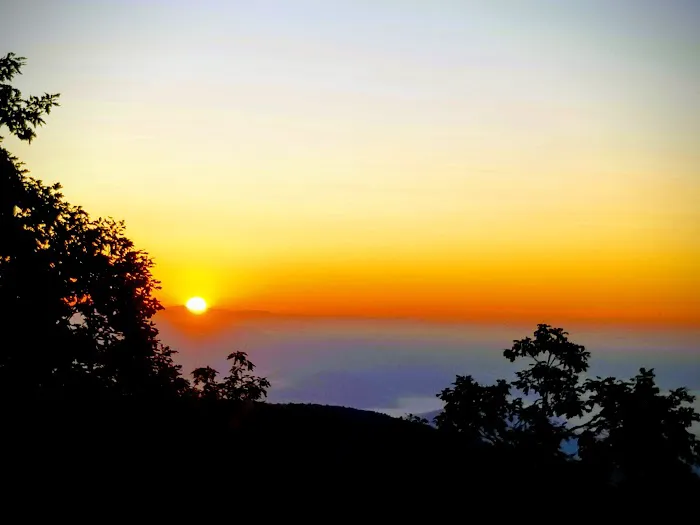
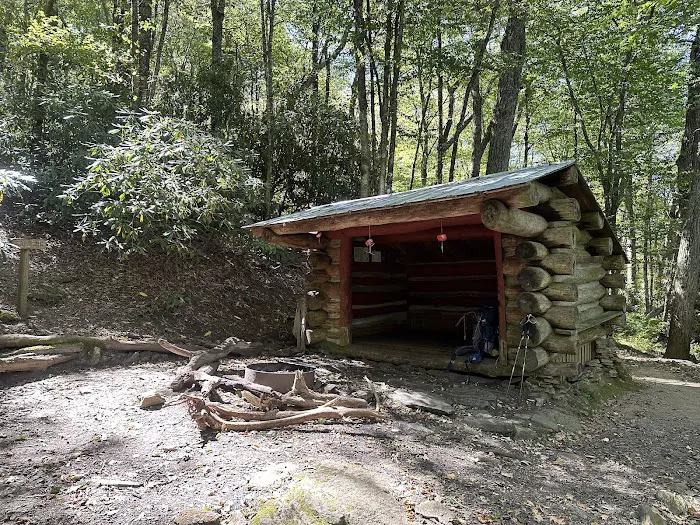
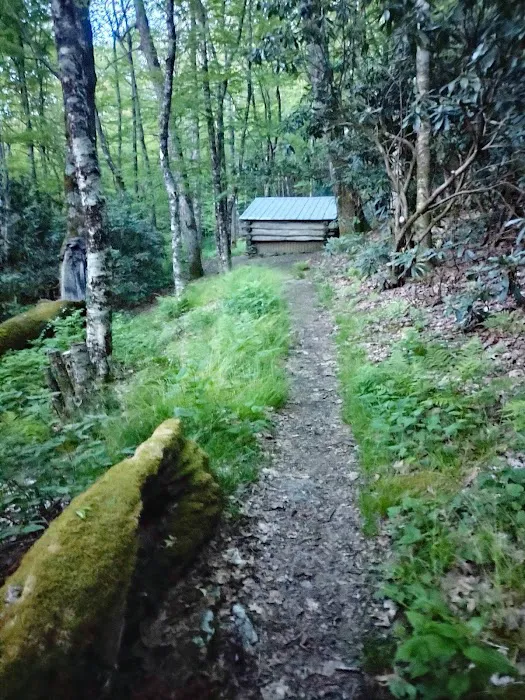

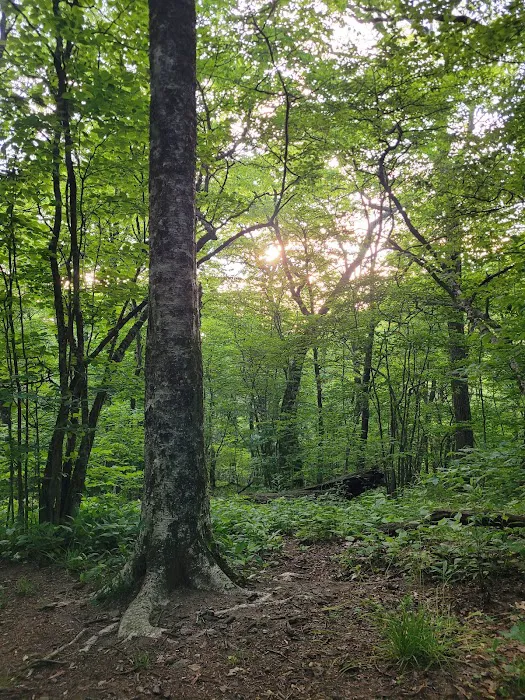

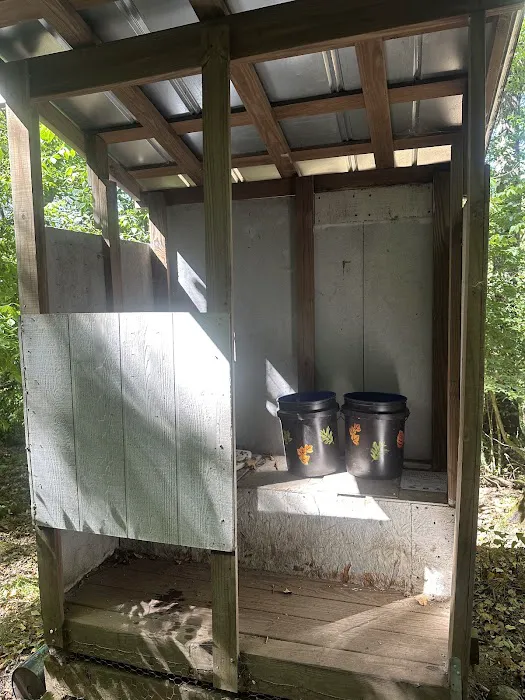
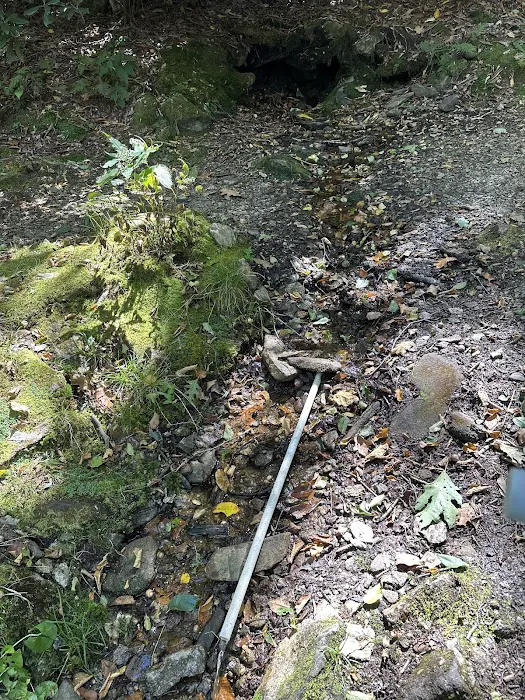
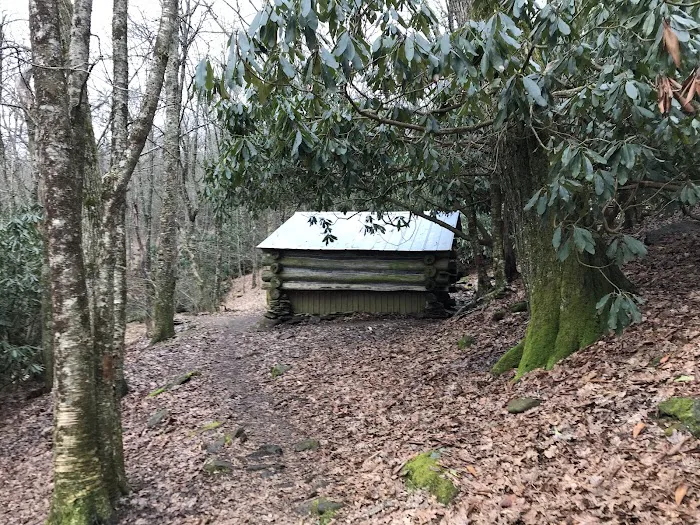

Cold Spring Shelter Location
Cold Spring Shelter
Appalachian National Scenic Trail, Franklin, NC 28734, USA
Cold Spring Shelter Reviews
privy
★ 5★ 4★ 3★ 2★ 1Great Shelter along the Appalachian Trail with a close water source and camping area nearby. Between Wesser and Wayah Bald this was the best maintained and most convenient shelter that I passed. Shelter also has a decent privy within a few steps away from the shelter.
October 04 · Stephen ChandlerThere was a lot to like about this shelter. It was basically located right in the middle of the trail so there wasn't one of those quarter mile off the trail hikes that we all love at the end of the day. We didn't see any mice or any critters at all for that matter. The water was flowing great and is about as convenient as it can possibly get. The piped spring is located about 25 feet in front of the shelter. Guthooks said there were bear cables or something for hanging bags but we didn't see them. If there is a knock on this place it's that there aren't a lot of great places to hang a bag. Overall a great place to stay :)
June 08 · Mark CowmanThis historic Appalachian Trail shelter, built by the CCC out of chestnut logs, sits right on the AT. Camping is up on the ridge about .1 from the shelter. Water source is 15ft from the shelter. Privy is nearby.
April 02 · Anthony POn 10/18/1997 my backpacking partner and I made our second water stop of the day here at 1605 hours. From my trip journal: "Greg is grunting and pumping away on the pump. He just filled four quarts worth of water. It is a nice tin-roofed, cozy little shelter. Looks ripe for Hantavirus (we have never been fans of shelters unless it is really late because all the people that eat in them. It makes the shelters very attractive to mice, which always kept us up if it was a still night with no wind—their constant scampering and scurrying—sometimes right over you!).
November 28 · Davis D. JanowskiIt lived up to name folks -1 with windshield, fire didn't have a lot of oxygen at 5k, froze. Thank God we brought our Shaman..never leave home without him.
July 02 · Lance Dickson
More Camping Near Me
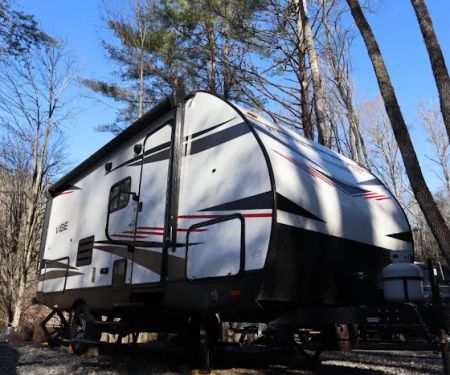 Blue Ridge Basecamp4.0 (41 reviews)
Blue Ridge Basecamp4.0 (41 reviews)110 Hidden Creek Rd, Topton, NC 28781, USA
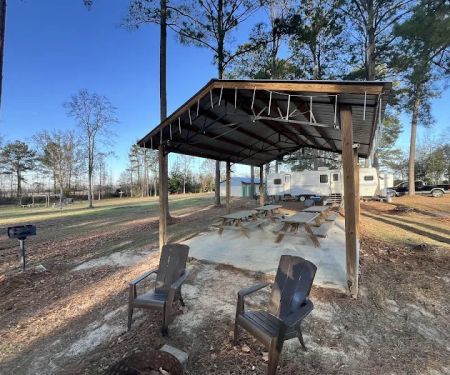 Wine Spring Horse Camp4.0 (10 reviews)
Wine Spring Horse Camp4.0 (10 reviews)National Forest Rd, Topton, NC 28781, USA
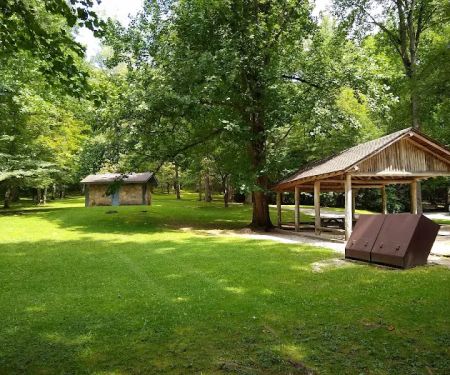 Appletree Group Campground4.0 (30 reviews)
Appletree Group Campground4.0 (30 reviews)Topton, NC 28781, USA
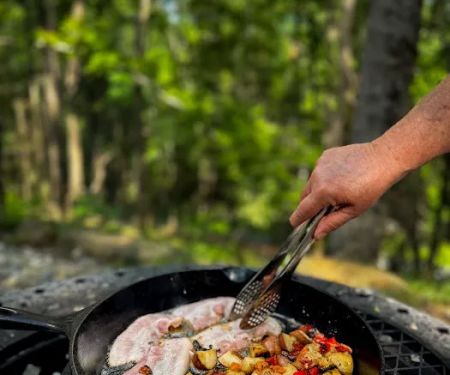 Simply Glampin'5.0 (1 reviews)
Simply Glampin'5.0 (1 reviews)7 Wayah Ridge, Topton, NC 28781, USA
 Nantahala Ridge Campground5.0 (16 reviews)
Nantahala Ridge Campground5.0 (16 reviews)104 NRC Rd, Bryson City, NC 28713, USA
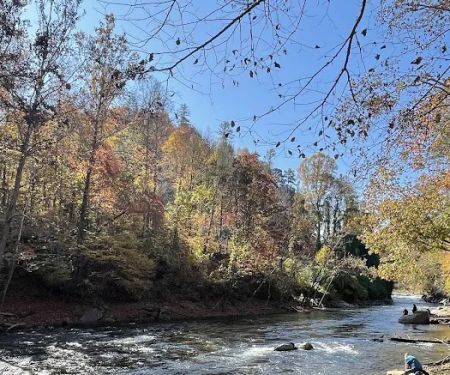 NOC campsite A4.0 (14 reviews)
NOC campsite A4.0 (14 reviews)64 Noc Way, Bryson City, NC 28713, USA
 Gorgeous Stays (Camping, Tiny Homes, & Unique Stays)4.0 (147 reviews)
Gorgeous Stays (Camping, Tiny Homes, & Unique Stays)4.0 (147 reviews)11044 US-19, Bryson City, NC 28713, USA
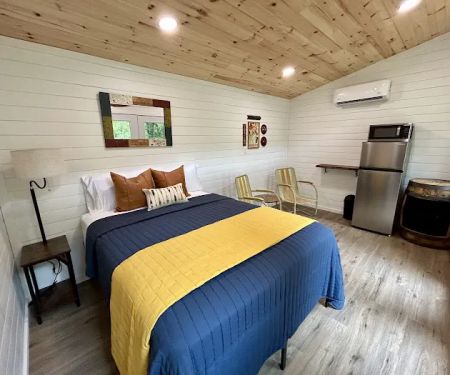 The HALA camping and lodge4.0 (22 reviews)
The HALA camping and lodge4.0 (22 reviews)14170 Hwy 19 W, Bryson City, NC 28713, USA
 Cartoogechaye Creek Campground4.0 (59 reviews)
Cartoogechaye Creek Campground4.0 (59 reviews)91 No Name Rd, Franklin, NC 28734, USA
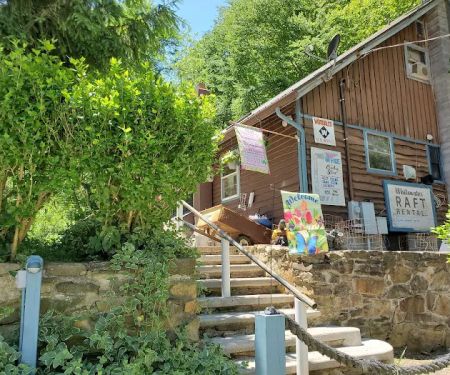 Brookside Campground & Rafting4.0 (119 reviews)
Brookside Campground & Rafting4.0 (119 reviews)764 US-19, Topton, NC 28781, USA
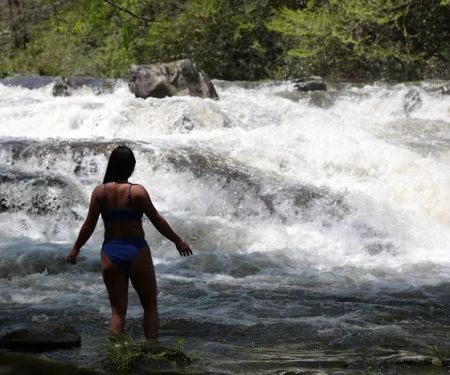 Backside Campground5.0 (2 reviews)
Backside Campground5.0 (2 reviews)785 Ferguson Ln, Topton, NC 28781, USA
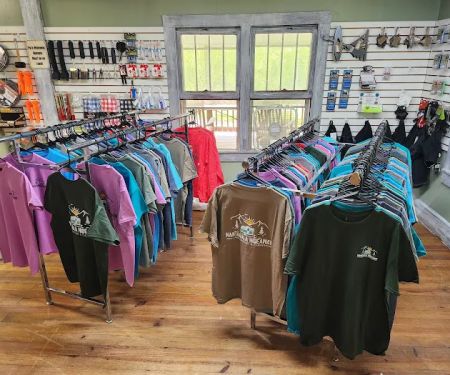 Nantahala Hideaway Campground & Cabins. Formerly Nelsons Nantahala Hideaway4.0 (139 reviews)
Nantahala Hideaway Campground & Cabins. Formerly Nelsons Nantahala Hideaway4.0 (139 reviews)57 Nelsons Campground Rd, Topton, NC 28781, USA
Categories
Top Visited Sites
 Camp Gateway Brooklyn Tamarak and Goldenrod3.0 (91 reviews)
Camp Gateway Brooklyn Tamarak and Goldenrod3.0 (91 reviews) Ole Mink Farm Recreation Resort4.0 (224 reviews)
Ole Mink Farm Recreation Resort4.0 (224 reviews)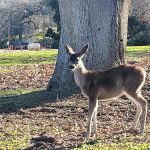 San Benito Camping Resort Studio Cabin 24.0 (16 reviews)
San Benito Camping Resort Studio Cabin 24.0 (16 reviews) Summit Mobile Home Community0.0 (0 reviews)
Summit Mobile Home Community0.0 (0 reviews) Oregon Dunes KOA Holiday4.0 (454 reviews)
Oregon Dunes KOA Holiday4.0 (454 reviews)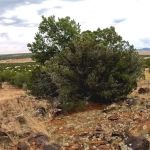 Ridge Valley Ranch5.0 (1 reviews)
Ridge Valley Ranch5.0 (1 reviews)

 How to Build a Campfire in Dry Grasslands Safely and Responsibly
How to Build a Campfire in Dry Grasslands Safely and Responsibly How to Make Campfire Popcorn Without a Pan
How to Make Campfire Popcorn Without a Pan Best Campfire Desserts for Kids: Fun and Easy Ideas
Best Campfire Desserts for Kids: Fun and Easy Ideas Best Campfire Recipes for Comfort Food
Best Campfire Recipes for Comfort Food How to Use Campfire Heat to Dry Clothes
How to Use Campfire Heat to Dry Clothes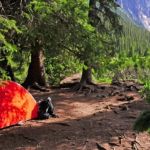 Top 10 Scenic National Forest Campgrounds | Camp Spotter
Top 10 Scenic National Forest Campgrounds | Camp Spotter